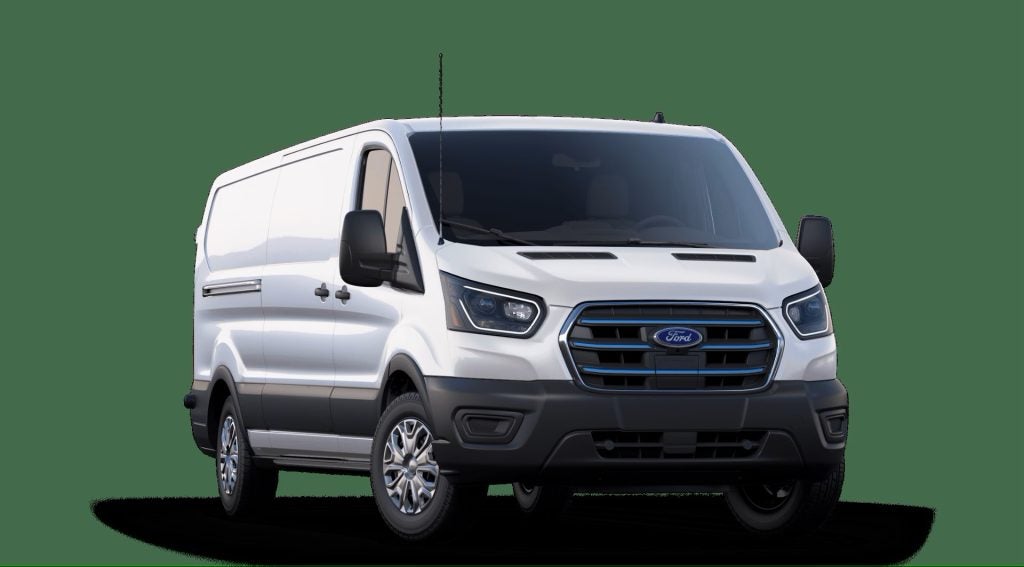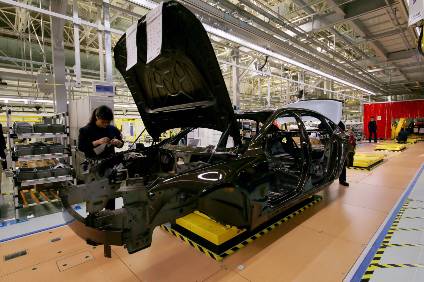The automotive industry continues to be a hotbed of patent innovation. Activity in satellite-based positioning is driven by rise of autonomous vehicles, integration of Internet of Things (IoT) and industry 4.0 technologies, increased connectivity, and growing importance of technologies such as global navigation satellite systems (GNSS) like global positioning system (GPS), Russian high orbit satellite navigation system (GLONASS), Galileo, and BeiDou. In the last three years alone, there have been over 720,000 patents filed and granted in the automotive industry, according to GlobalData’s report on Internet of Things in automotive: satellite-based positioning. Buy the report here.
However, not all innovations are equal and nor do they follow a constant upward trend. Instead, their evolution takes the form of an S-shaped curve that reflects their typical lifecycle from early emergence to accelerating adoption, before finally stabilizing and reaching maturity.
Identifying where a particular innovation is on this journey, especially those that are in the emerging and accelerating stages, is essential for understanding their current level of adoption and the likely future trajectory and impact they will have.
300+ innovations will shape the automotive industry
According to GlobalData’s Technology Foresights, which plots the S-curve for the automotive industry using innovation intensity models built on over one million patents, there are 300+ innovation areas that will shape the future of the industry.
Within the emerging innovation stage, autonomous steering, LiDAR scanners and intelligent predictive maintenance are disruptive technologies that are in the early stages of application and should be tracked closely. Sensor-integrated mirrors, smart street lighting and automatic parking assist are some of the accelerating innovation areas, where adoption has been steadily increasing. Among the maturing innovation areas are remote trip monitoring and smart speed governors, which are now well established in the industry.
Innovation S-curve for Internet of Things in the automotive industry

Satellite-based positioning is a key innovation area in Internet of Things
Satellite-based positioning refers to the use of satellite systems, such as the Global Navigation Satellite System (GNSS), to determine the position of a vehicle or object on Earth. These systems rely on signals transmitted by satellites to calculate accurate position coordinates. Satellite-based positioning technology plays a crucial role in various applications, including navigation systems, autonomous vehicles, asset tracking, and location-based services.
GlobalData’s analysis also uncovers the companies at the forefront of each innovation area and assesses the potential reach and impact of their patenting activity across different applications and geographies. According to GlobalData, there are 290+ companies, spanning technology vendors, established automotive companies, and up-and-coming start-ups engaged in the development and application of satellite-based positioning.
Key players in satellite-based positioning – a disruptive innovation in the automotive industry
‘Application diversity’ measures the number of applications identified for each patent. It broadly splits companies into either ‘niche’ or ‘diversified’ innovators.
‘Geographic reach’ refers to the number of countries each patent is registered in. It reflects the breadth of geographic application intended, ranging from ‘global’ to ‘local’.
Patent volumes related to satellite-based positioning
Source: GlobalData Patent Analytics
NIKE is one of the leading patent filers in satellite-based positioning. NIKE’s Real-time Kinematic (RTK) and Precise Point Positioning (PPP) techniques enhance the accuracy of satellite-based positioning by providing real-time corrections to the satellite signals. Some other key patent filers in the space include Qualcomm and Toyota Motor.
In terms of application diversity, Apple and Alphabet leads the pack, while Meta Platforms and General Motors stood in the second and third positions, respectively. By means of geographic reach, NIKE held the top position, followed by SSW Partners and Meta Platforms.
To further understand the key themes and technologies disrupting the automotive industry, access GlobalData’s latest thematic research report on Internet of Things (IoT) in Automotive.
Data Insights
From

The gold standard of business intelligence.
Blending expert knowledge with cutting-edge technology, GlobalData’s unrivalled proprietary data will enable you to decode what’s happening in your market. You can make better informed decisions and gain a future-proof advantage over your competitors.







